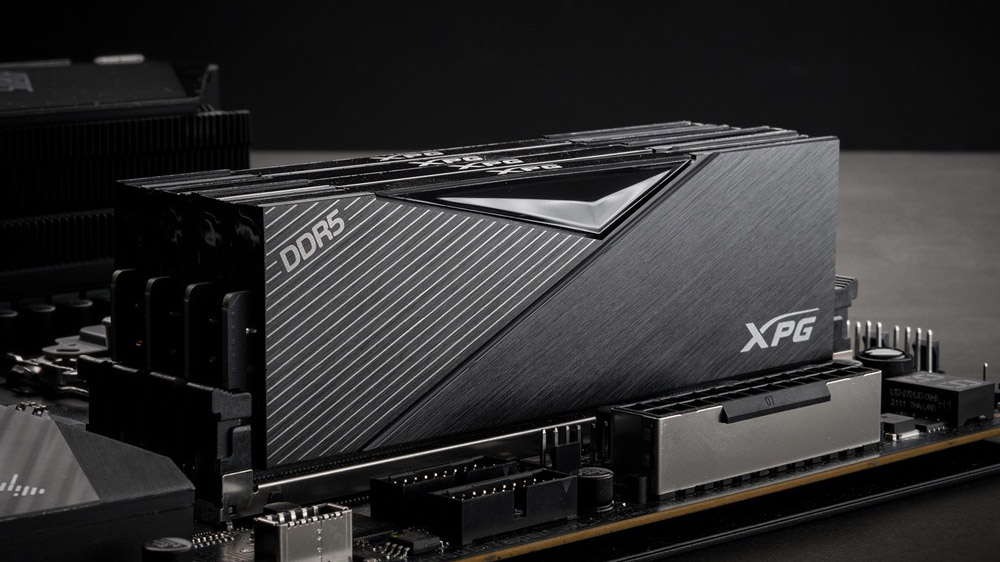Memory has been in a weird spot as of late. The increased demands presented by the rise of AI, plus the expansion of data centres, stock shortages, and the winding down of DDR4 have all left the typical gamer caught out in the rain.
Adding to this, Samsung was reportedly supposed to have finalised memory price contracts by the end of October. It now seemingly won’t have them finalised until the middle of November, according to industry sources speaking to Digitimes.
Samsung’s delaying of these contract quotes, and communicating the lack of stock to customers, reportedly caused a 25% surge in the price of DDR in a single week. SK Hynix and Micron are among other manufacturers that are also said to be not giving any firm numbers to clients. Not being transparent about the price of memory can contribute to surging prices and push companies to pay higher rates to secure the same supply they were otherwise operating with.
Just last week, 2 GB DDR4-3200 modules averaged $25, and we’ve seen a similar rise across the board. This unwillingness to lock in prices is likely linked to the sudden demand/memory shortage, and Digitimes reports that Samsung, SK Hynix, and Micron are all likely to offer specific, tangible quotes only to long-term partners and customers.
A general unwillingness to give quotes to customers could push those customers to seek other ways to get memory, from third parties or other entities. This can then have a negative effect on the stability of pricing.

Tech analyst nvda-fy2026q1 reports that, on top of Micron, SK Hynix, and Samsung not accepting customers until the end of the year, ADATA, Crucial, Corsair, and G.Skill are reportedly all declining new orders. The shortage also being linked to the supply of DRAM and NAND means that some shops are reportedly freezing or restricting sales of SSDs and HDDs, as well as memory.
This follows news of ADATA’s chairman, Chen Libai, confirming shortages of DRAM, SSDs and HDDs. According to Digitimes, DDR5 are expected to rise by 30-50% each quarter going into 2026, with 16 GB DDR5 expected to get up to $30. Given that same amount of memory was priced at less than a third of that in September, that sets a worrying precedent.
Ultimately, with so many sources supposedly at fault for these rising prices, it’s unclear whether this creep will slow down any time soon, though memory manufacturers certainly look like they won’t have any problems selling their tech in the near future.


